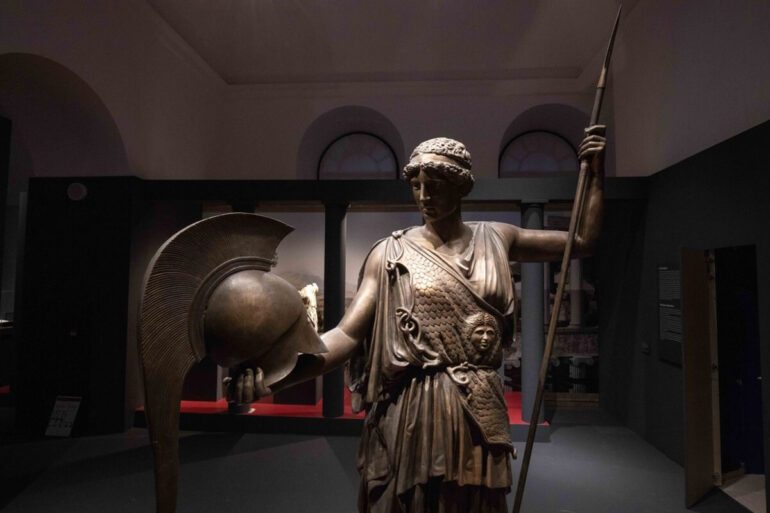A Magnificent Journey to Discover the Greatest Greek Sculptor of the Classical Age.
Phidias is the protagonist of the new monographic and multimedia exhibition currently on at Villa Caffarelli, part of the Capitoline Museums in Rome.
An all-encompassing journey through time and space, “Fidia” follows the life and works of the master sculptor and transports visitors from the heart of Rome to Ancient Greece. Never before had an exhibit like this one been attempted, especially considering how little remains to this day of the original works of Phidias himself. Yet the exhibit’s curator and Sovrintendente alla Cultura Claudio Parisi Presicce and his team managed to put together a wonderful experience that can be enjoyed by visitors of all ages.
This daring project open until June 9th is the first in a series of 5 exhibitions that will be hosted at Musei Capitolini focused on the masters of Ancient Greece. The themes or dates of the next exhibitions have not been announced.
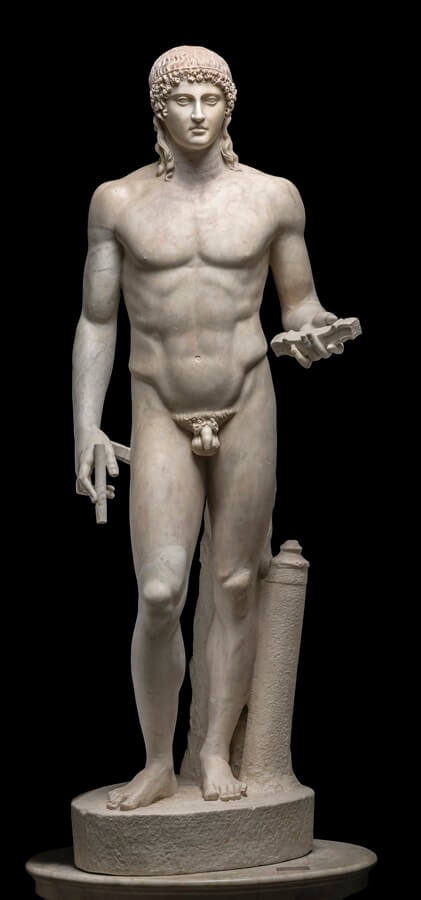
Perhaps the most well-known artist of antiquity, Phidias’s fame survived his masterpieces: among other projects, he was the architect of the Parthenon in Athens, with the three chryselephantine statues of the goddess, and the sculptor of the colossal statue of Zeus at Olympia, considered to be one of the seven wonders of the ancient world.
Phidias’s art embodied contemporary Athens and its values perhaps more than any other artist’s. He was instrumental for Pericles’s political career, his own fame probably dwindling when Pericles fell out of power.
Roberto Gualtieri, mayor of Rome, attended the exhibit’s opening and declared, “We are glad to host this monographic exhibition on Phidias, the greatest sculptor of the classical age here at the Capitoline Museums, one of the most important museums in Rome. His great artistic contribution did not just define the canons of classical art, but deeply impacted on modern and contemporary aesthetics, influencing artists from all ages since.”
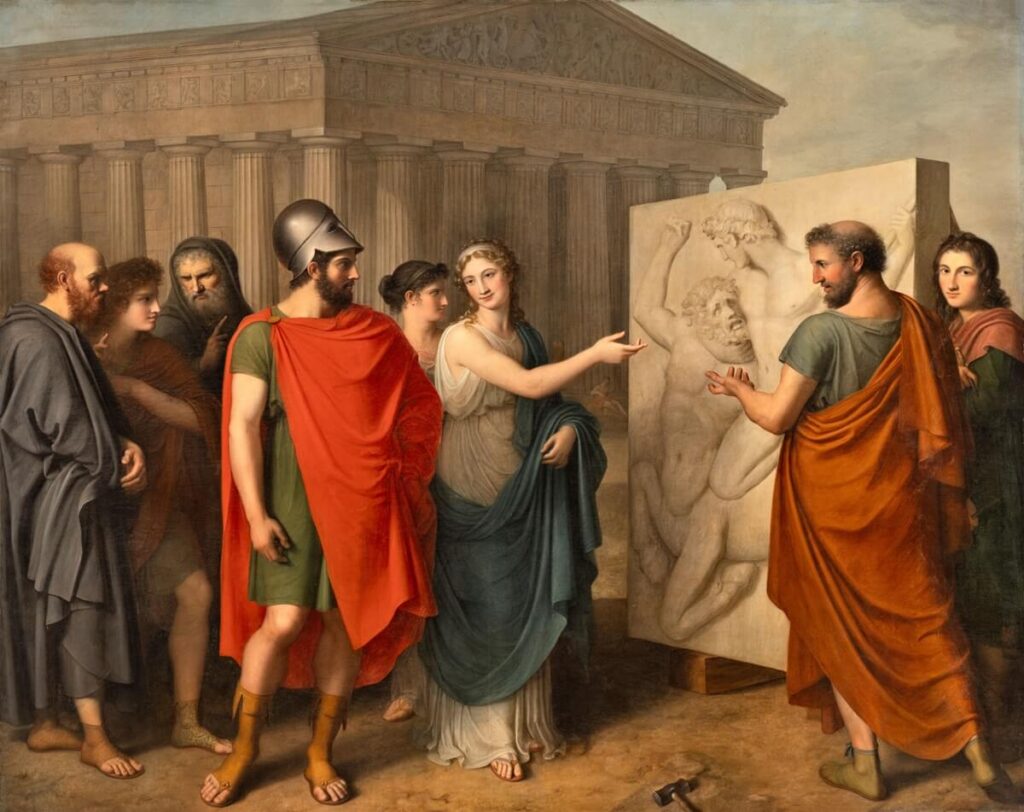
The exhibition
To celebrate his genius and recount Phidias’s ephemeral life and mastery, the Musei Capitolini and Sovrintendenza Capitolina collaborated with 20 museums from all over the world, exhibiting various works that had never before left their home museum. Some others are being shown to the public for the first time ever.
Of the 100+ works at the exhibition, the most significant loans are two marble fragments of the Parthenon’s frieze coming from Athens’s Museum of the Acropolis, and two coming from the Kunsthistorisches Museum in Vienna. There are statues, paintings, archaeological findings, original manuscripts, scale models, reconstructions, and even digital content.
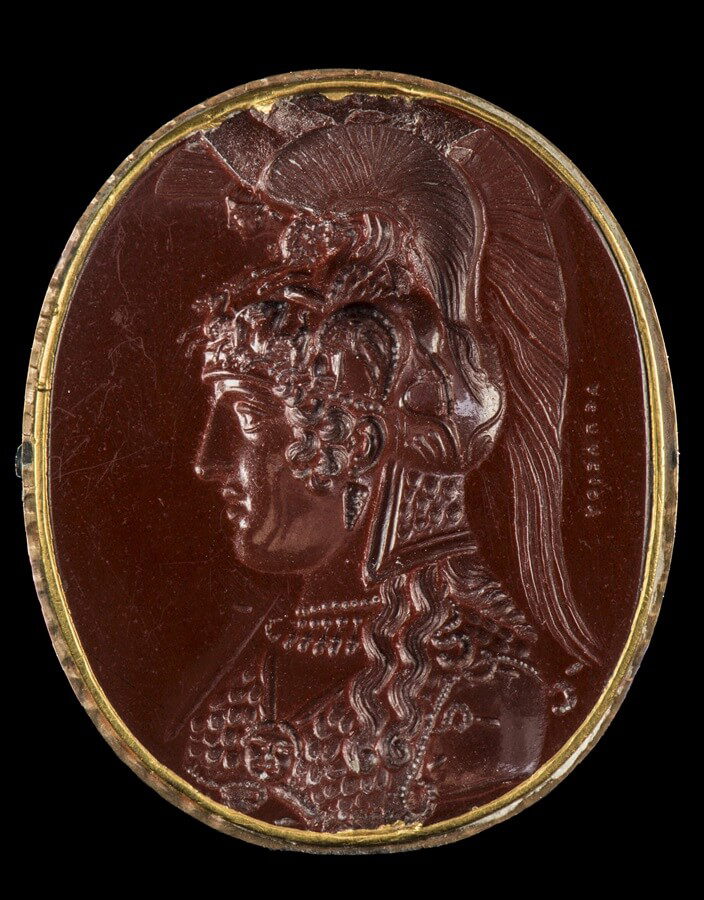
FIDIA is organized in 6 expository sections. The first, Portrait of Phidias, starts the exhibit with the only known object belonging to Phidias that we have to this day: a minuscule cup with “PHEIDIOU EIMI“ (“I belong to Phidias”) written on the back, loaned from the Museum in Olympia; it’s all that remains of the artist’s possessions – and we are left wondering whether he crafted or inscribed it himself, making this perhaps trivial, everyday, object even more valuable.
The Age of Phidias takes visitors on a contextual journey to Athens in the fifth century BC, setting the scene for his genius to break out. Highlights are replicas of the Apollo Kassel and of the Athena Promachos, and the head of the Athena Lemnia. Even if not made by Phidias himself, it’s impossible not to notice the metaphorical touch of his hand on every detail.
The Parthenon and Athena Parthenos is perhaps the most compelling and varied section, with original fragments, reconstructions, scale models, and even multimedia content for visitors to have the chance to “visit” the Parthenon in its original form, before it was destroyed by bombings in 1687 and then subsequently looted. This section is more immersive than any other experience, perhaps second only to being on the remains of the Parthenon in Athens.
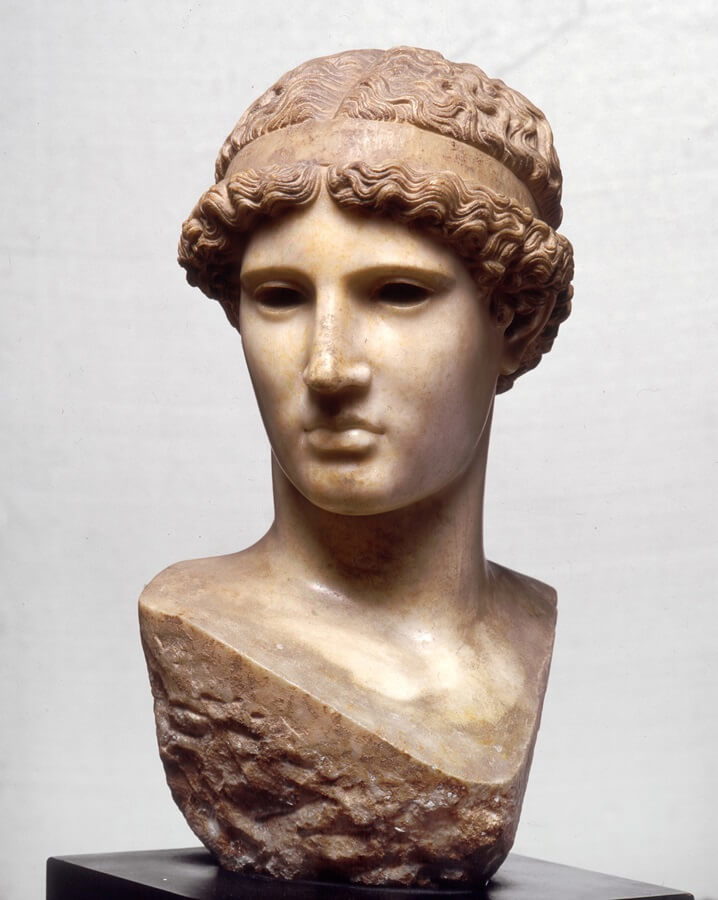
Phidias Outside Athens shows some of Phidias’s greatest known works outside of the main city. Highlights include various replicas of the Wounded Amazon and, of course, scale models of Zeus’s colossal statue at Olympia. Seeing even a much smaller model is yet another reminder of how Phidias’s craft created one of the wonders of the ancient world.
The last two sections (Phidia’s Legacy and Opus Phidiae: Phidias Beyond The End Of The Ancient World) go beyond Phidias’s life and explore how his heritage has influenced and continues influencing art to this day, with statues by Antonio Canova and paintings from all over Europe.
A unique and never done before exhibition tracing the footsteps of one of history’s greatest artists, even with so little original left to display, is a triumph. The perfect synergy of history, archaeology and art coming together to stand testament to what is lost to us but not forgotten.
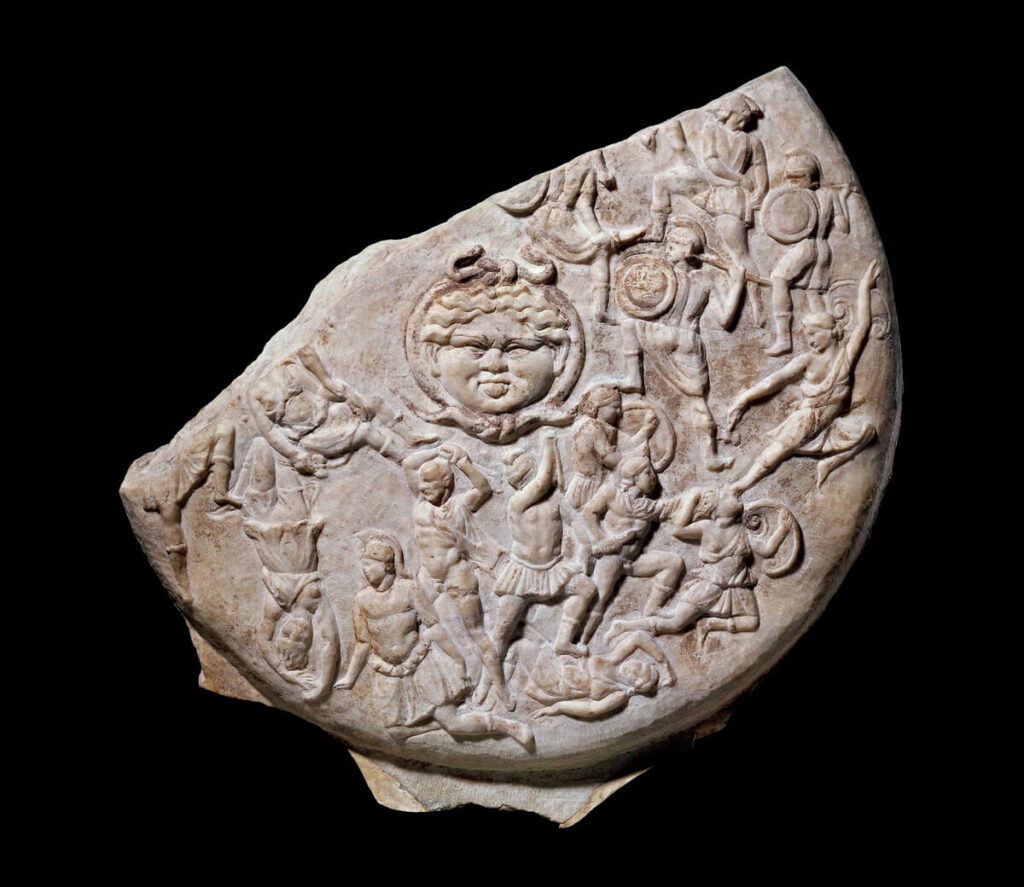
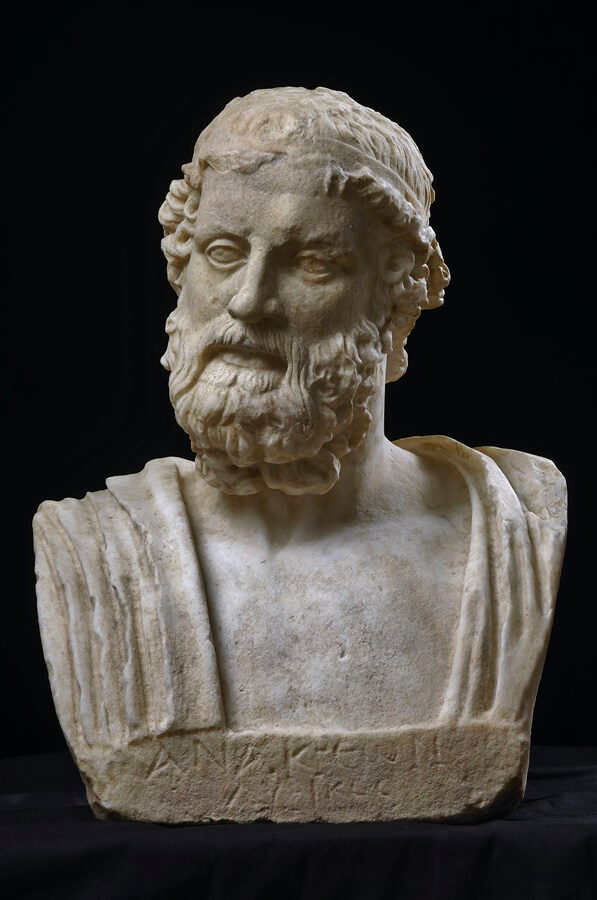
From 24 November 2023 until 9 June2024
Musei Capitolini – Villa Caffarelli
Via di Villa Caffarelli
Opening hours: Daily 9.30am – 7.30pm
Exhibition ticket: full € 13,00 – reduced € 11,00


